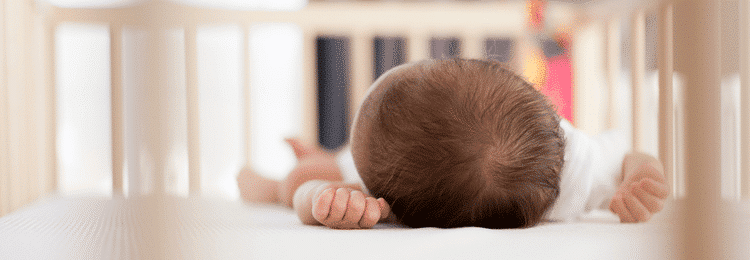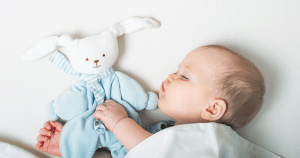2 month old sleep schedule
Ahh your baby is 2 months old already, time goes so fast! Whether this is your first child or not, we’re sure you’re learning lots about your little one. Many parents wonder how much sleep their baby should get and how you can create a 2 month old sleep schedule.
We’re here to offer our guidance and top tips. This blog has not been written by a sleep expert or sleep consultant. We are just rounding up our top tips on creating a 2 month sleep schedule.
This blog includes:
- How much sleep does a 2 month old baby need?
- Creating a safe sleep environment
- 2 month old wake windows
- 2 month old baby sleep schedules
- Sleepy cues in 8 week old babies
- 2 month old sleep problems
- 2 month old baby sleep regression
- 8 week old baby sleep tips
- Bedtime routine tips
All babies are different and have different sleep needs, so what works for most babies may not work for others. It can be hard to hear other babies are sleeping better than yours, but that doesn’t mean there’s a problem. Maybe your baby just likes a little more awake time or loves their sleep!
How much sleep does a 2 month old baby need?
Typically, a 2 month old baby will spend more time asleep than they are awake. The average baby of this age will need between 14 and 17 hours total sleep per day. This includes night time sleep and daytime naps.
Creating a safe sleeping environment
At 2 months old, your baby will likely still be sleeping inside their crib in your bedroom. This can make it easier to check on your baby in the night and complete nighttime feeds. You should also make sure there is nothing inside the crib or nearby that your baby could grab. You can find out more about creating the perfect sleep environment.
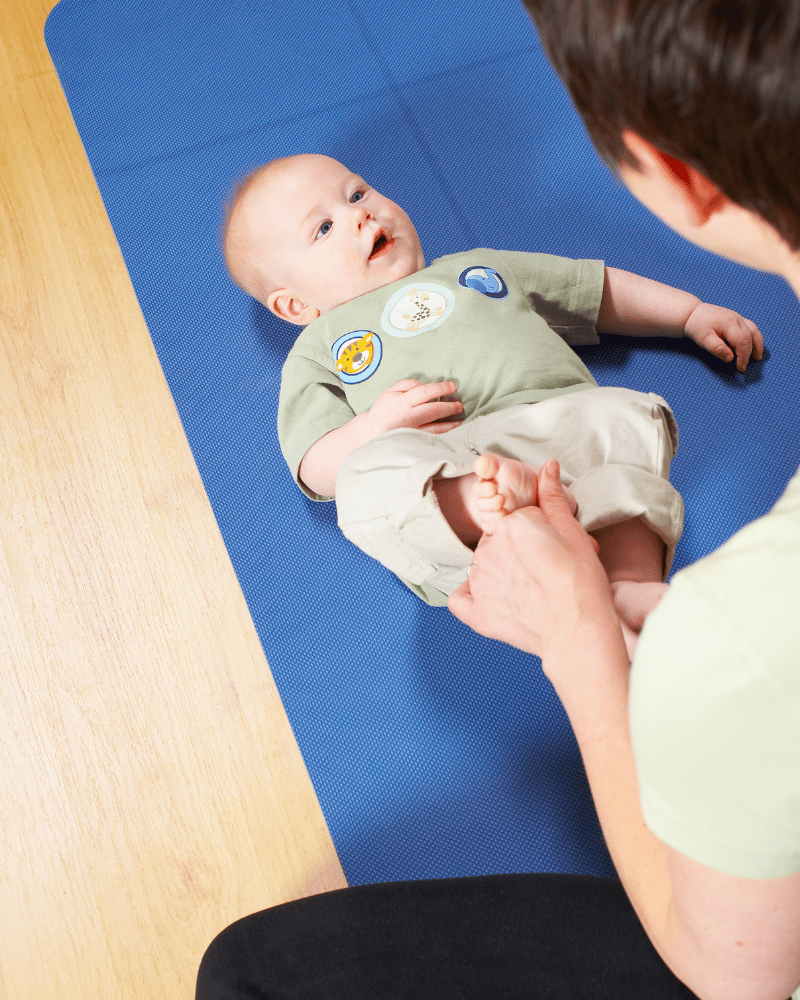
2 month old wake windows
Wake windows are the times that your baby is awake between naps. This wake time includes daytime feeds. Be sure to stick to age-appropriate awake windows so your baby doesn’t get over-tired. Find out more about wake windows by age.
For newborn babies, there’s often only just enough time for a clean up and feeding before it’s time for the next nap. A 2 month old baby has a little more time where play could be incorporated during awake time.
At 8 weeks old, your baby is likely to start feeling sleepy again after around 60 to 90 minutes.
The amount of awake time each baby needs will vary, even from day to day. Some nights your baby may have a better sleep and spend longer stretches of time awake. Alternatively, they may have a couple of short naps.
Pay attention to your baby’s sleep habits to help build a sleep schedule. You may find it easier to write down your baby’s total daytime sleep to check they are on track.
If you haven’t purchased a baby mat yet, it’s definitely worth thinking about. Baby mats are great for tummy time and encourage sensory stimulation in babies. At 2 months old your baby may enjoy lights and colours on the mat. At three months old, they will start to really interact with the play mat.
Essentially this time in the day is for you to get to know your baby. Read a book to them or have a chat, find out what your baby likes!
2 month old baby sleep schedules
Every baby is different and some may need a little more sleep than others. Here is a sample sleep schedule and feeding schedule that may work for you and your little one.
Awakening times will vary among children, it all depends on your baby’s internal clock. If your baby wakes an hour before their normal awakening time, you may choose to treat this feed as a night feed.
Most babies will have between 4 and 5 naps throughout the day in addition to their night sleep.
Here is a typical 2 month old baby’s sleep schedule that you may choose to adapt:
- 7:30am – Wake up (feed during wake window)
- 8:30am – Time for the first nap
- 10am – Wake from nap (feed during wake window)
- 11am – 2nd morning nap
- 12pm – Wake up (feed during wake window (around 1pm))
- 1:30pm – Nap time
- 2:00pm – Wake from nap
- 3:30pm – Late afternoon nap time
- 4:30pm – Wake up time (feed during wake window)
- 6pm – Nap time
- 6:30pm – Wake up and feed (this may include cluster feeding)
- 8pm – Settling with baby’s bedtime routine and feeding
The timings that you choose to use for awake time and sleep time can easily be adjusted. As long as your baby is happy and healthy, that’s what matters. You will know when your baby needs feeding and when they need a nap.
Feeding times can also vary between breastfed babies and formula fed babies. Towards the late afternoon/early evening, mothers may struggle with milk supply. This can lead to a fussy baby.
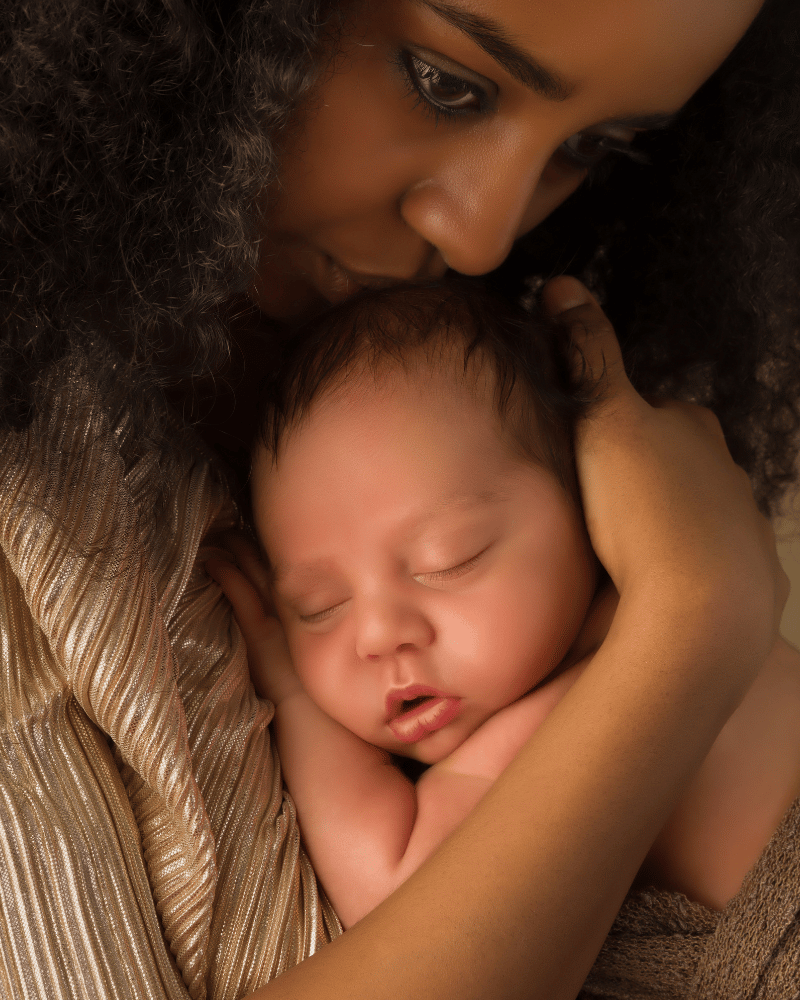
Sleepy cues in 8 week old babies
At this young age, a sleep routine can be adjusted easily, so don’t feel like you have to stick to every aspect.
If you do feel as though you need to adjust the schedule, do so in small increments. The best way to deal with this is to learn how your baby reacts to tiredness. There are sleepy cues you can look out for:
- Closed fists
- Yawning
- Making jolty movements with arms and legs
These may be signs that you need to shorten wake windows or introduce naps earlier in the day. Don’t be too hard on yourself if you feel like you’re not getting it perfect straight away. Establishing a baby sleep schedule takes time and by the time you’ve got one, it’s nearly time to change again!
You know your baby best and you’ll know when they seem more tired. Equally, if they’re not showing signs of being tired, you’ll know about it.
2 month old babies sleep problems
If you notice your baby struggling to sleep more often than not, you may wish to seek advice. It could be that your baby is overtired, not tired at all or maybe they need a good burp!
It’s good practice to burp your baby after every feed. You may only need to burp them for a few minutes until they are relieved.
If you’re wondering ‘is it ok to put baby to sleep without burping?‘ Our advice is always to try. Burping a sleeping baby is just the same as burping when they’re awake, you should just move a little slower. If they do wake up, it’s not usually long before they fall asleep again.
You might also choose to research colic, which is something babies can experience at this age. It is usually accompanied by crying more than usual. One method that may provide some relief is burping your baby.
If your baby is waking more at night and feeding enough in the day, you could try a dream feed. A dream feed involves waking your baby for a feed just before you go to bed. A dream feed is used to fill babies up and encourage them to sleep longer.
As a new parent it’s totally normal to forget what a good sleep feels like, but don’t worry it gets easier!
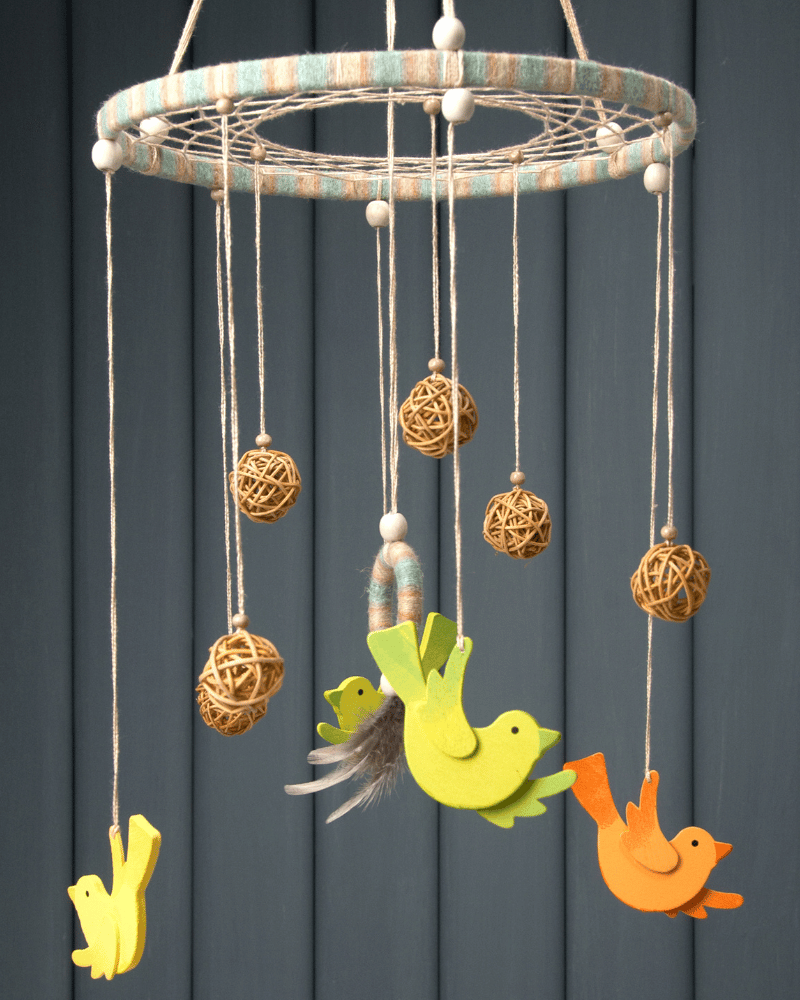
2 month old baby sleep regression
2 month olds have inconsistent sleeping patterns, so time spent struggling to sleep is usually not labelled as a regression. Regressions are associated with developmental milestones rather than sleeping problems.
At 2 months old you may notice your baby learn to:
- Smile
- Look around a little more
- Make chatty noises
- Cry when they want attention from you
Babies this young develop quickly and as your baby grows you’ll notice more milestones being met. If you find yourself worrying about any milestones, get some advice. It could be nothing to worry about but it’s best to check if you’re feeling worried about anything.
8 week old baby sleep schedule
At 2 months old, your baby may be able to start learning a bedtime routine. When babies are born, they don’t know the difference between night and day. This means that you have to teach them. Here are some tips we have:
- Keep the noise normal during daytime sleep and stay quiet at night
- Encourage play during awake time in the day and calming activities before nighttime sleep
- Eye contact when feeding in the day, minimal eye contact during night feeds (eye contact may encourage baby to stay awake)
- Keep the lights dim during nighttime feeds
If you’ve tried to teach your baby the differences already, by two months old, they’ll have a good idea. Starting at this age can mean that your baby learns healthy sleep habits.
Many parents want to learn more about sleep training, however it’s not recommended until your baby is around 4 months.

Bedtime routine tips
- Keep the noise and lights low (you may choose to purchase a white noise machine)
- Carefully bathe baby before changing into pyjamas
- Read a book or sing a soft lullaby
Creating a consistent bedtime routine will help your baby to settle. You don’t have to do the full routine every time they have a nap, you could just read a book. This can teach them it’s naptime and not bedtime.
We hope that this 2 month old sleep schedule guide has been helpful. Check out our 3 month old baby sleep schedule for more tips.
Hey there, I’m Abigail!
In 2022, I graduated with a First Class Degree in Marketing and since then, I have been working as a blogger and Marketing Assistant. Before heading to university, I also achieved a BTEC in Children’s Play, Learning and Development.
I have been blogging for over four years and have covered many topics during this time. My focus has been on pregnancy, babies, sleep and baby name ideas.
I am passionate about learning new things and helping others. I hope that you find my blogs useful and informative. See you in the next article!



